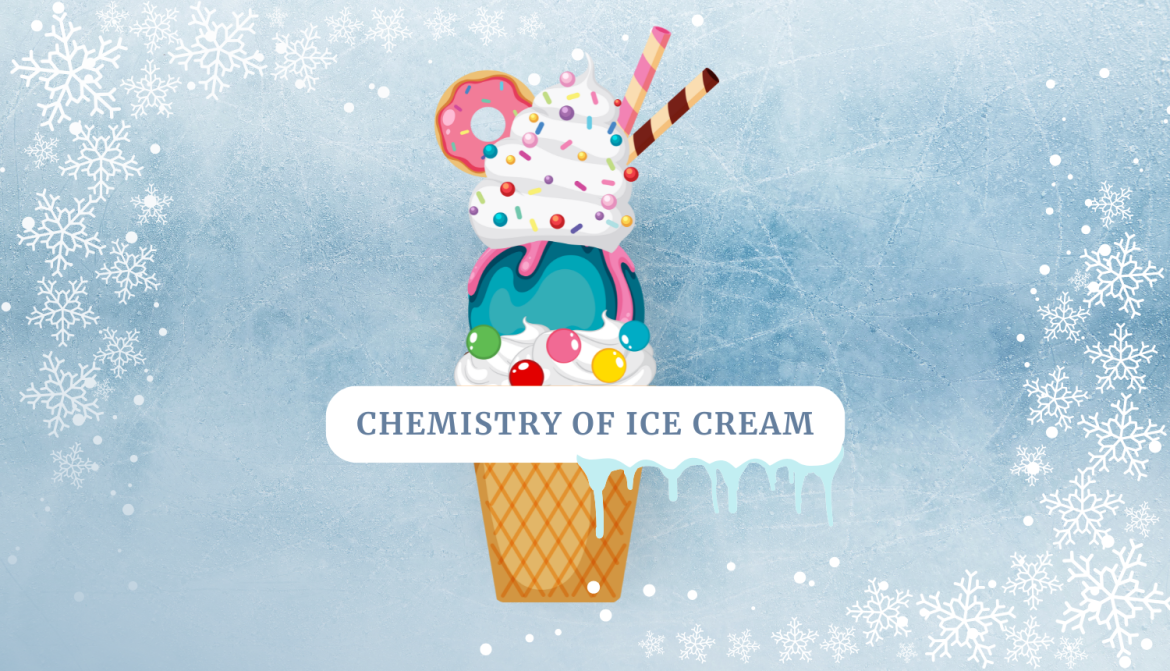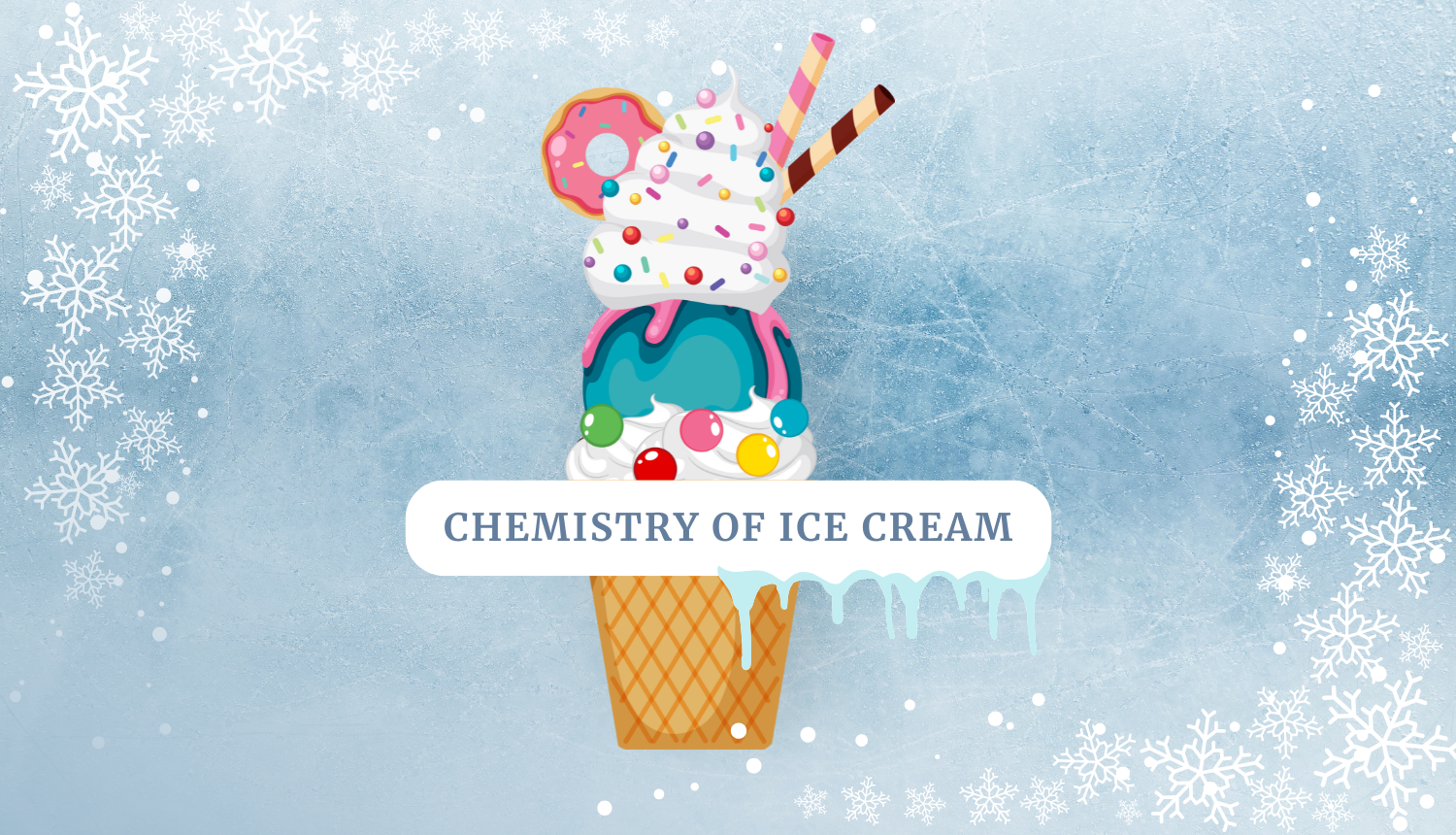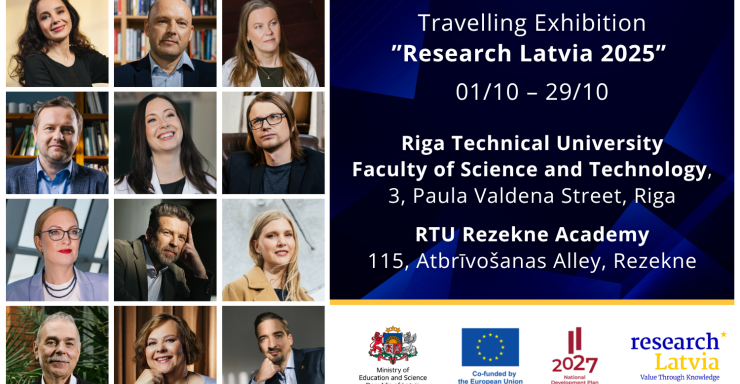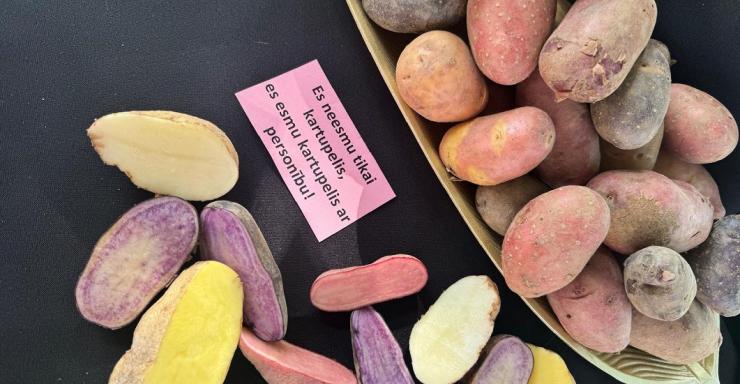At first glance, ice cream may seem like a simple treat, but at its core lies a carefully balanced chemical formula. The science communication brand researchLatvia invites you to explore the world of ice cream not only from a gourmet’s perspective but also through the eyes of a researcher. Behind the creamy taste and tempting colour lies fascinating science – molecules working together to create the perfect dessert.
The structure of ice cream
In everyday life, we know ice cream as a sweet, refreshing treat made from milk, cream, or fruit juices and purees, with various additives. From a scientific point of view, however, ice cream is a complex colloid – a mixture in which three states of matter coexist: a solid phase (ice crystals, fat crystals), a liquid phase (syrup solution), and a gaseous phase (air bubbles). Together, they create the taste, texture, and overall enjoyment. That is why ice cream making is a kind of art combining physical and food chemistry.

Typically, ice cream consists of ice crystals (30%), air bubbles (50%), fat droplets (5%), and liquid syrup (15%).
Small ice crystals ensure a smooth texture, air bubbles give lightness, and sugar lowers the freezing point, making ice cream softer. The type and amount of sugar also affect the hardness and viscosity of the ice cream.
Special equipment with rotating scrapers is used in ice cream production to continuously remove ice layers forming on the walls of the container. This helps to create very small ice crystals and thus achieve a smoother, more pleasant texture. High-quality ice creams often have a lower air content, resulting in greater density and slower melting.
Fats, proteins and emulsifiers
Fats are known to be the main contributors to creaminess. Milk proteins coat the fat droplets, preventing them from merging, while emulsifiers replace some of these proteins, helping to stabilise air bubbles. Emulsifiers are substances that enable the mixing of water and fat. Their molecules have two parts – one attracts water (hydrophilic), and the other attracts fat (hydrophobic) – allowing them to blend into a uniform mixture. When some fats solidify, needle-like crystals form, further strengthening the structure of the ice cream.
The chemistry of flavour and colour
Naturally occurring compounds such as anthocyanins give fruit ice cream its pink hue, while vanillin provides the vanilla aroma. Interestingly, aroma is also formed by molecules like skatole, which in small concentrations produces a gentle floral scent, but under other conditions smells completely different. Both natural and artificial substances are used for colouring.
Stabilisers – maintaining shape and texture for longer
Around 0.2% of ice cream is made up of stabilisers such as sodium alginate and carrageenan, derived from algae. They reduce ice crystal growth during storage, maintain a uniform texture (i.e., prevent separation of ingredients), and slow down the melting process.
Ice cream is a carefully balanced experiment of science and flavour, where each ingredient has its role.
Ice crystals create texture, fats and emulsifiers add creaminess, compounds produce flavour and colour, and stabilisers help preserve the perfect form. This is one of the sweetest examples of how science and culinary art come together in a single treat.
Source: The Chemistry of Ice Cream – Components, Structure & Flavour >>


